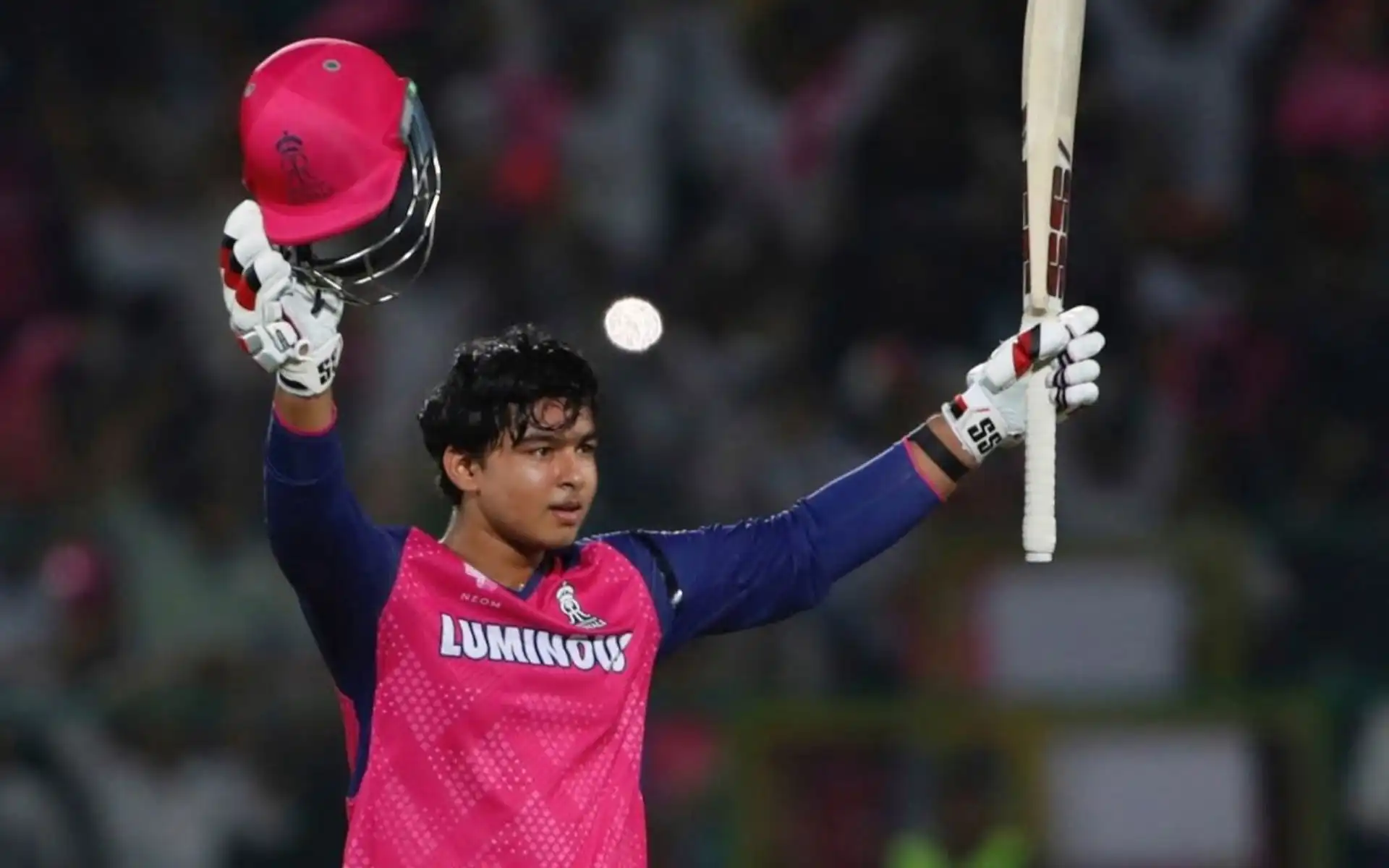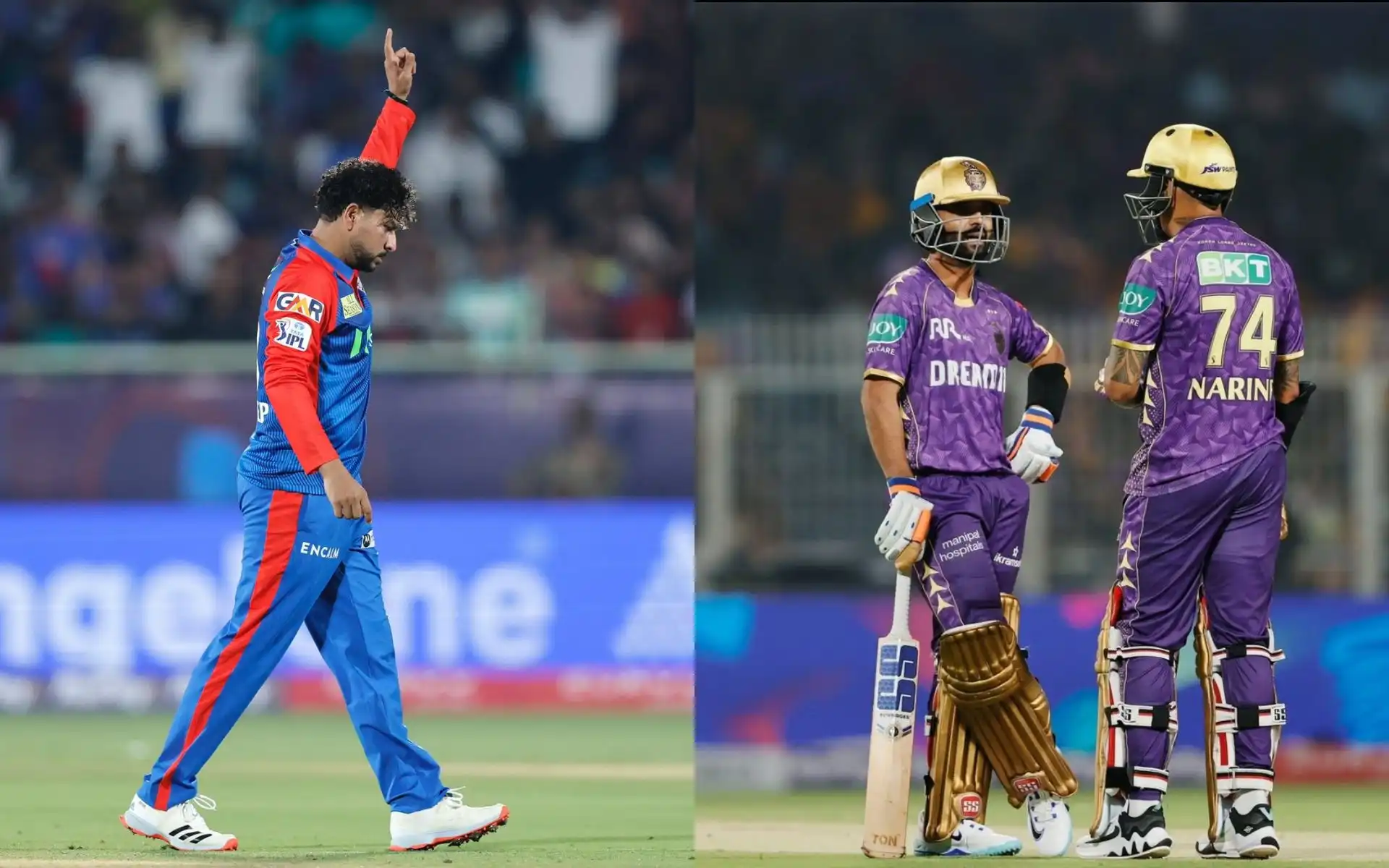![Sachin Tendulkar and Vaibhav Suryavanshi [Source: @satisfyingcric/x.com, AP Photos]](https://onecricketnews.akamaized.net/parth-editor/oc-dashboard/news-images-prod/1745876759530_sachin_suryavanshi.jpg?type=hq) Sachin Tendulkar and Vaibhav Suryavanshi [Source: @satisfyingcric/x.com, AP Photos]
Sachin Tendulkar and Vaibhav Suryavanshi [Source: @satisfyingcric/x.com, AP Photos]
In the tapestry of Indian cricket, two golden threads emerge from vastly different corners of the subcontinent, woven 36 years apart yet following remarkably similar patterns. Separated by 1,818 kilometers and nearly four decades, Sachin Tendulkar and Vaibhav Suryavanshi represent cricket's uncanny ability to find genius in the most unexpected places.
The Geographic Divide
Sachin Tendulkar emerged from Mumbai, India's cricket capital, where the Arabian Sea crashes against the Wankhede Stadium and batting technique is refined in the hallowed maidans. Vaibhav Suryavanshi, by contrast, hails from Tajpur, a small town in Bihar's Samastipur district—a region traditionally overlooked in India's cricketing landscape. The 1,818 kilometers between their birthplaces represents not just physical distance but different cricket ecosystems entirely.
Debut Data: Precocious Beginnings
Tendulkar made his international debut at 16 years and 205 days in 1989, facing Pakistan's fearsome bowling attack in Karachi. The data didn't immediately reflect the genius within—a modest 15 runs in his first innings—but cricket analysts noted his technique against some of the world's most fearsome bowlers.
Fast-forward to 2025: Vaibhav Suryavanshi, just 14 years old, made his IPL debut on April 19, 2025. By his third IPL game on April 28, he smashed 101 runs off 38 deliveries at a strike rate of 265.79. His 18 boundaries (7 fours, 11 sixes) accounting for 86 of his 101 runs reveals a maximizer's approach to batting that belongs firmly to cricket's modern T20 era.
Beyond the Metros: Cricket's Changing Geography
The journey of these two prodigies reveals a profound shift in Indian cricket's talent landscape:
- Tendulkar emerged from Mumbai's structured cricket system, where Ramakant Achrekar's coaching and the competitive Kanga League forged his technique
- Suryavanshi represents cricket's new frontier in Bihar, a state traditionally underrepresented in national teams, showing talent can now be discovered anywhere
- While Tendulkar's path went through Mumbai's storied cricket institutions directly to international cricket, Suryavanshi's route through IPL showcases new pathways to stardom that bypass traditional systems
- Their stories reflect cricket's democratization in India, from a sport dominated by metropolitan centres to one that increasingly finds and nurtures talent from every corner of the country
Same Talent, Different Times
Despite the differences, the raw data points to a common denominator: extraordinary talent emerging at an improbably young age. Tendulkar accumulated 34,357 international runs across formats in his 24-year career; Suryavanshi's trajectory remains unwritten but promising.
What connects these wonderkids across time and space is not just their precocious talent but their emergence as symbols of their respective eras—Tendulkar representing India's economic and sporting awakening in the 1990s, Suryavanshi embodying the fearless, boundary-pushing approach of new India.
The data tells us that while 36 years and 1,800 kilometers may separate their origins, the phenomenon of cricketing prodigies transcends both time and geography, reminding us that exceptional talent can emerge anywhere, anytime, reshaping the game with each generation.
.jpg)
.jpg?type=mq)
.jpg?type=mq)


